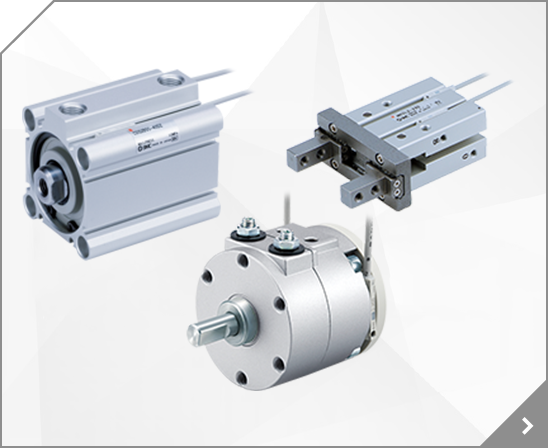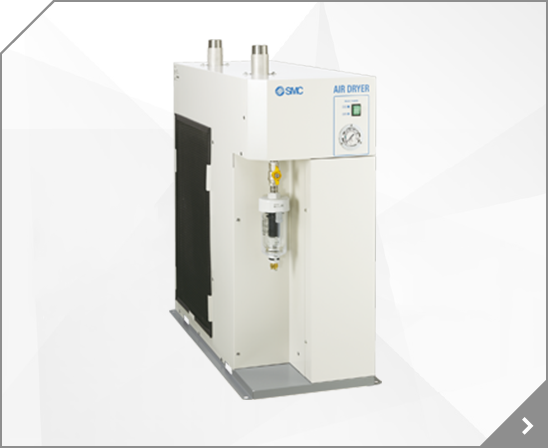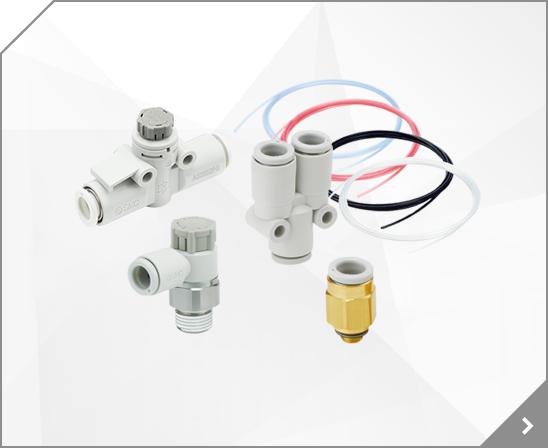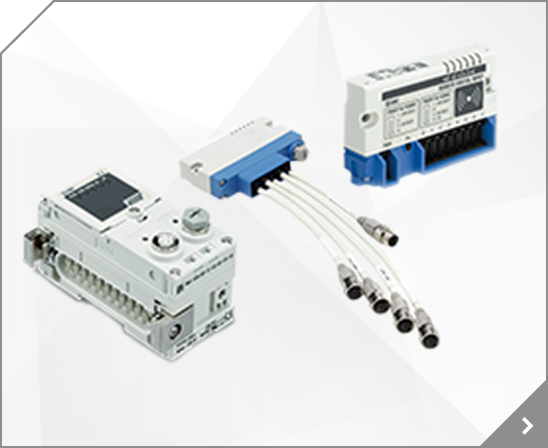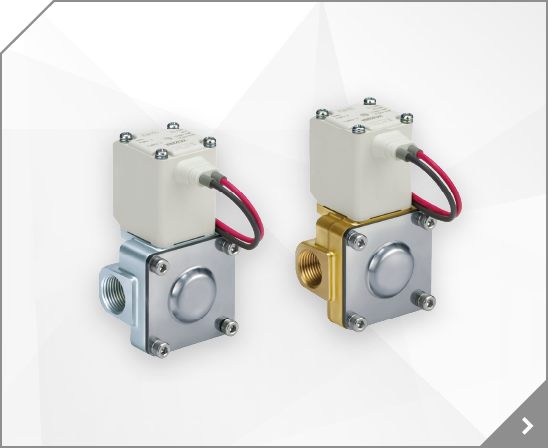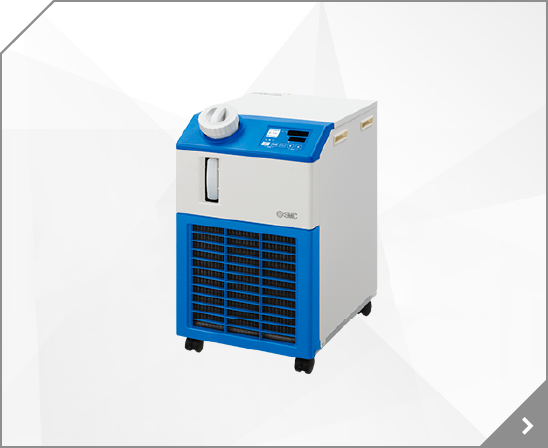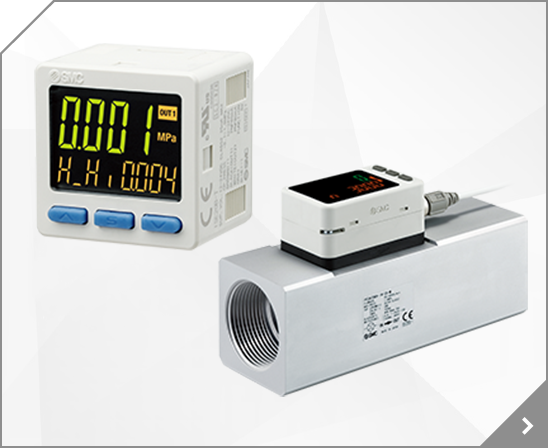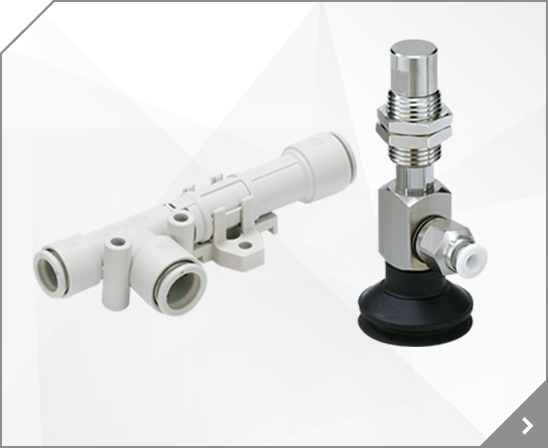
<br>Whereas for RESET, it decelerates and then stops. This deceleration is the “max. acceleration” value (basic parameter). <br>The servo remains ON after stopping in this case.
<br>Use an AREA signal to do this. The AREA signal turns ON when the current position is within the AREA1 to AREA2 range. <br>AREA1 and AREA2 can be set for each step.
<br>By using this “RESET” signal, the following operations can be performed: <br>① Step no. 0 operation instruction → ② “RESET” signal ON (stop during operation) → ③ Step no. 2 operation instruction
<br>Since this Z-phase signal is a signal that is output once per motor, the motor moves about 1 to 2 rotations during this operation. <br>For example, the LEFS25AA is an actuator with a lead of 12 mm, so it moves about 12 to 24 mm during this operation.
<br>For details, refer to the operation manual on the SMC website. <br>If the situation persists, reinstallation may be required.
<br>If the DRIVE and IN_* signals are input at the same time, since the controller reads the step number from the IN_∗ signal before it has been fully input, the desired movement cannot be performed. <br>Be sure to set DRIVE to ON at least 15 ms after inputting the IN_∗ signal.
<br>The ZB series catalog can be found here. <br>These vacuum ejectors were designed with a focus on increasing suction speed and reducing product size and weight for mounting on moving parts to allow for the high-speed suction and transfer of handlers, chip mounters, etc.
<br>For example, if a ZR series ejector system unit is equipped with a ZR1-RV1, the supply air (PV) and pilot air (PS) communicate with the vacuum release air (PD) so that only the PV port needs to be piped (with the PS and PD ports plugged).<br>Whether a function plate needs to be selected depends on the combination of pressure used for each port.
